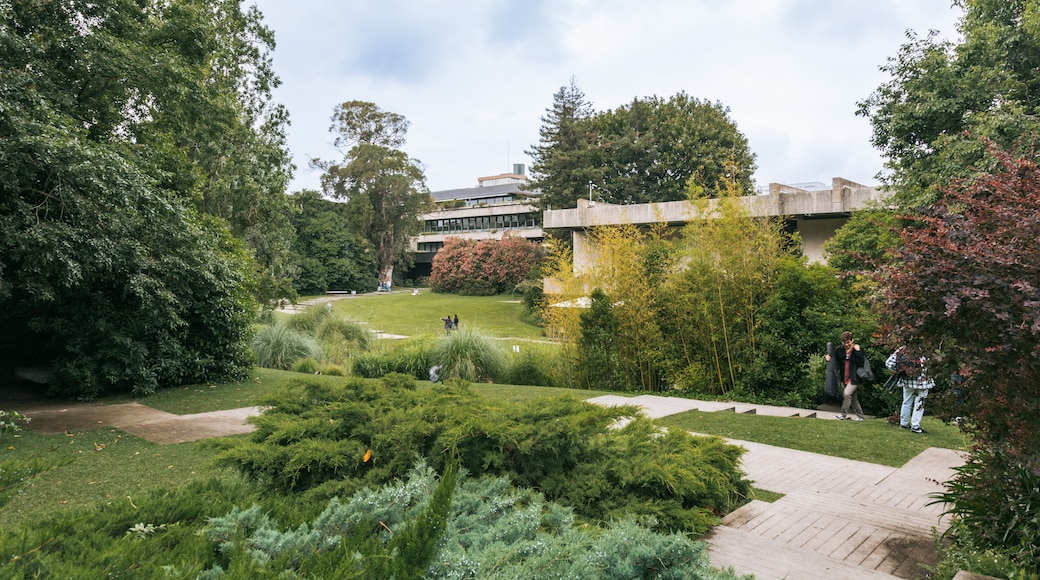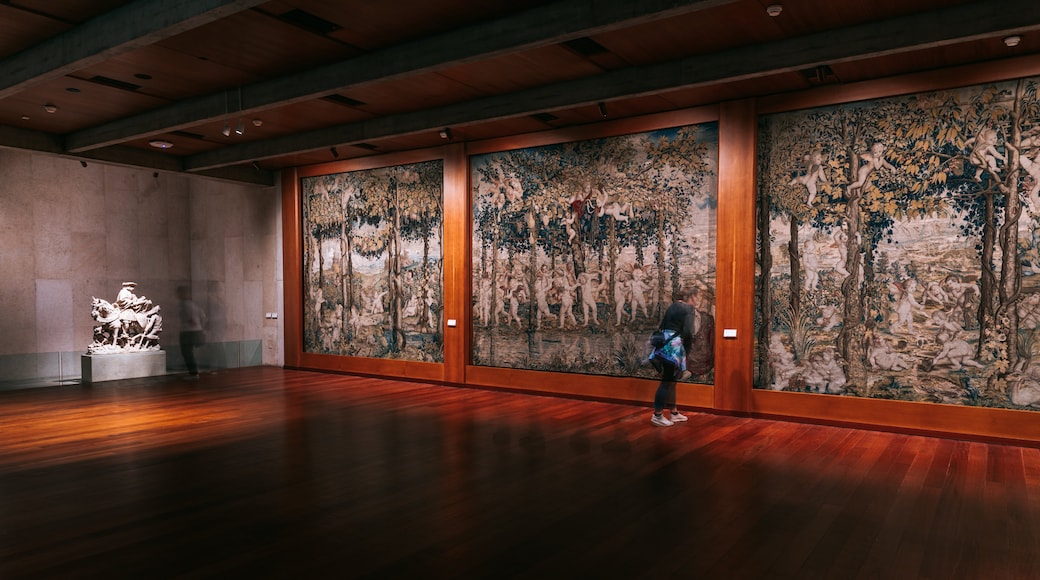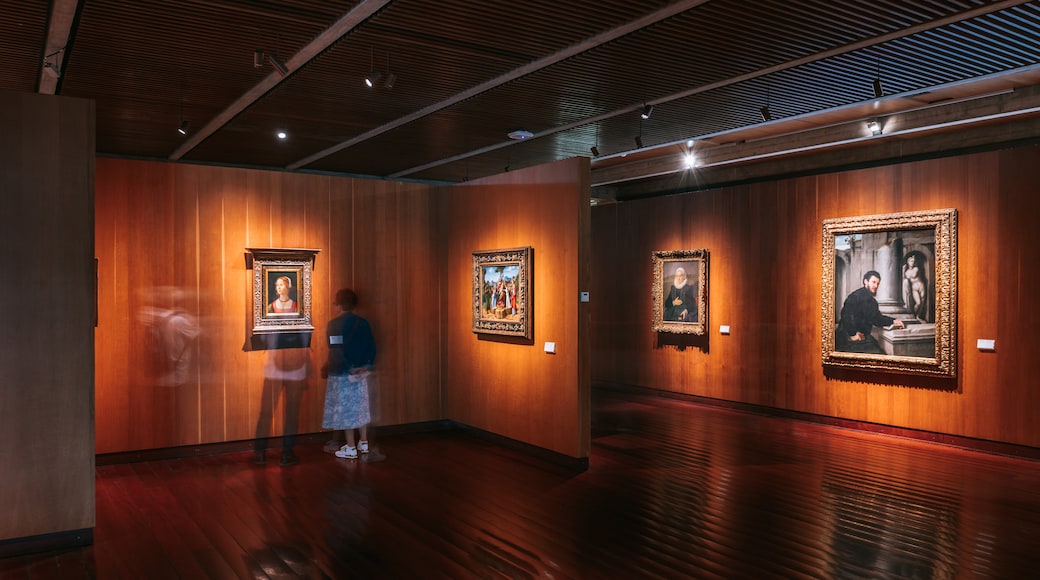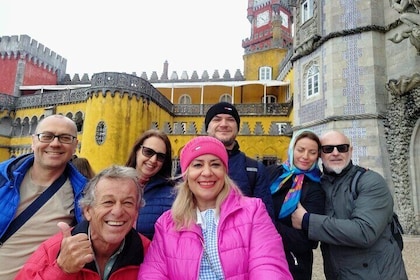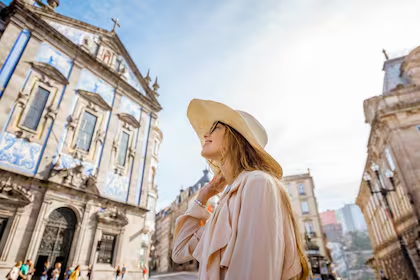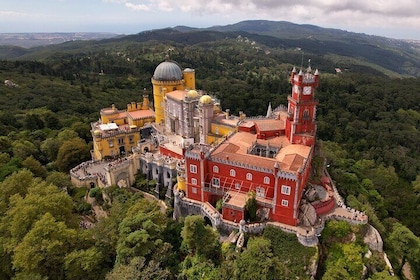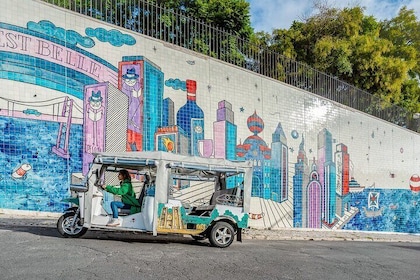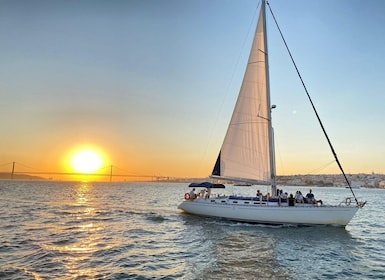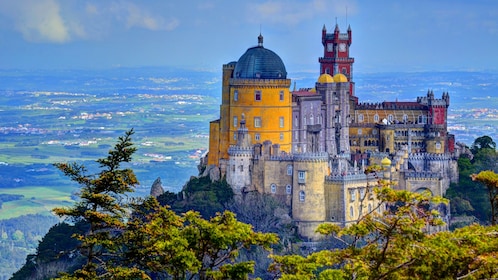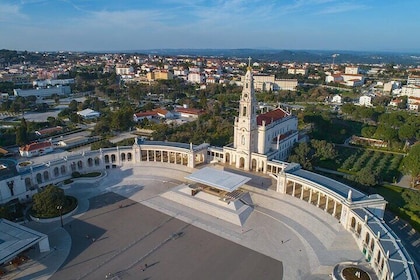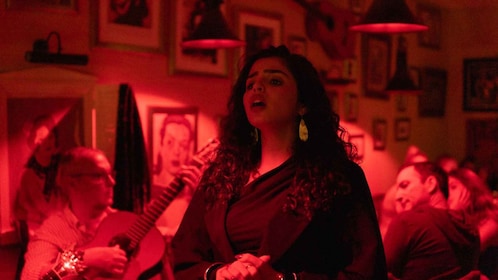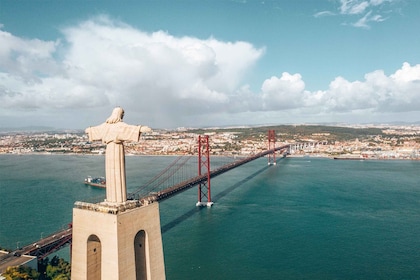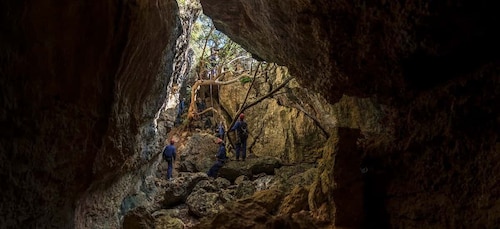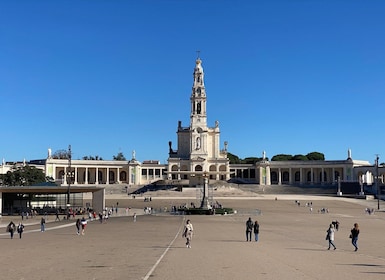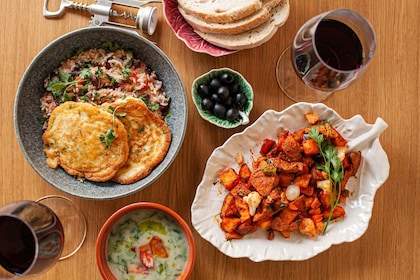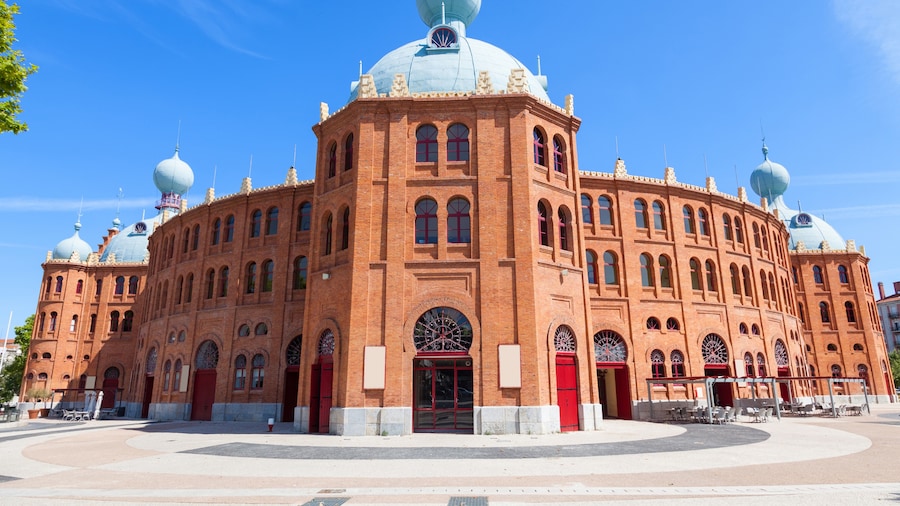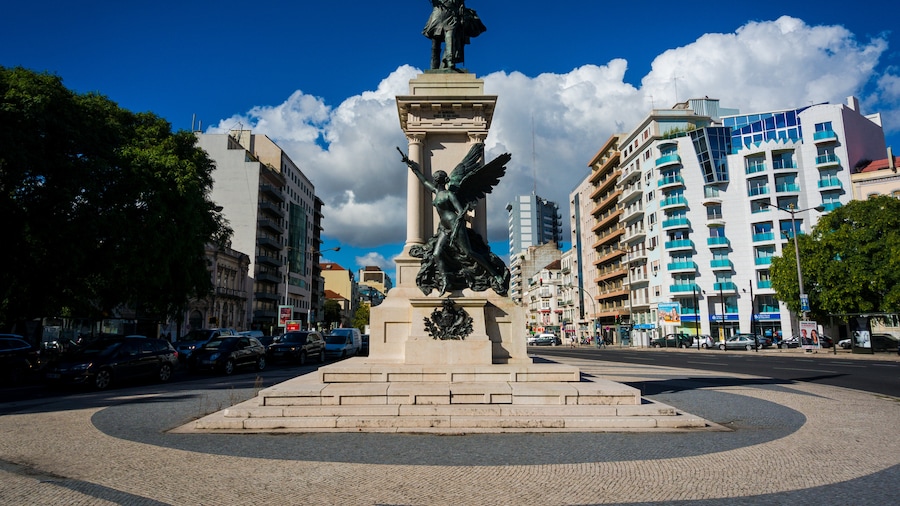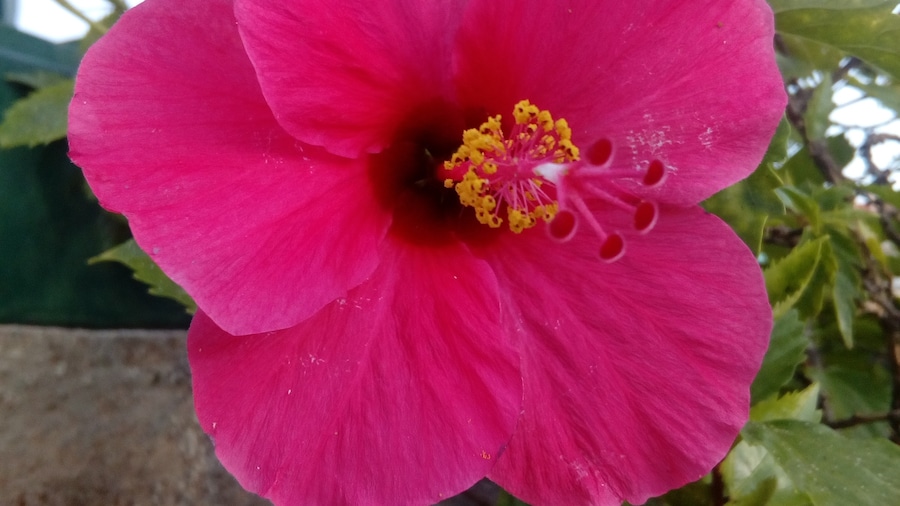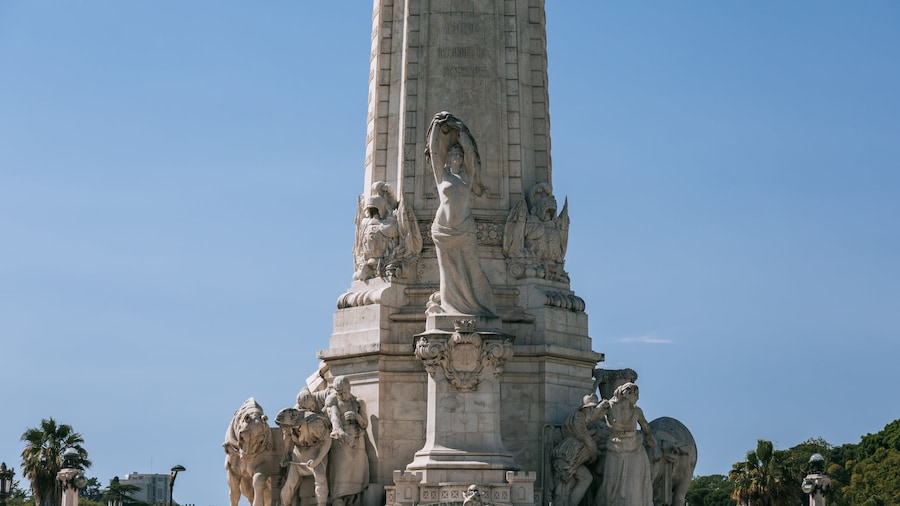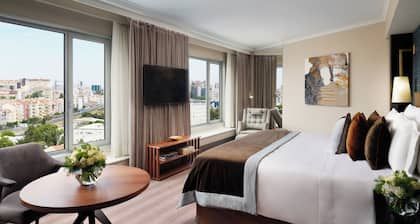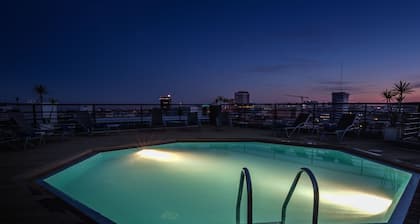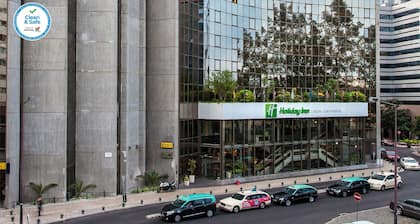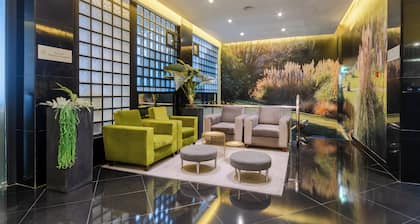The Gulbenkian Museumhouses about 6,000 pieces of mostly ancient artifacts and artworks. Discover Greek vases and coins, Roman glass, eastern Islamic tiles and carpets and sculptures by European masters.
The permanent exhibition galleries are arranged in chronological and geographical order to create two circuits. The first circuit is composed of oriental and classical art representing Egyptian, Greco-Roman, Mesopotamian and Eastern Islamic cultures. The second circuit covers European art with sections dedicated to the art of the book, sculpture, painting and the decorative arts.
The European decorative arts section includes beautiful woven tapestries, delicate mustard pots and dish covers, painted wooden bookcases and ornate brass clocks. The Art of the Book is an interesting exhibit made up of a series of Flemish, French, Dutch, English, Italian and German manuscripts with colorful illustrations and decorative covers. These books date from the 13th century through the 16th century.
Complete both circuits within a few hours. If you want to learn the details behind the artworks, rent an audio guide for a small fee. There’s a gift shop to buy artistic souvenirs. If you’re visiting from October to June, check the museum’s official website for a schedule of concerts, recitals and ballet performances that take place here during the summer.
Stop to eat lunch in the museum cafeteria or in one of the many restaurants in the area.
The Gulbenkian Museum is located in the city center on major bus and tram routes. It’s open daily except Mondays and on January 1, Easter Sunday, May 1, and December 25. There is an entrance fee, although children under 12 get in free. Sunday is Museum Day in Lisbon and admission is free for the general public.

